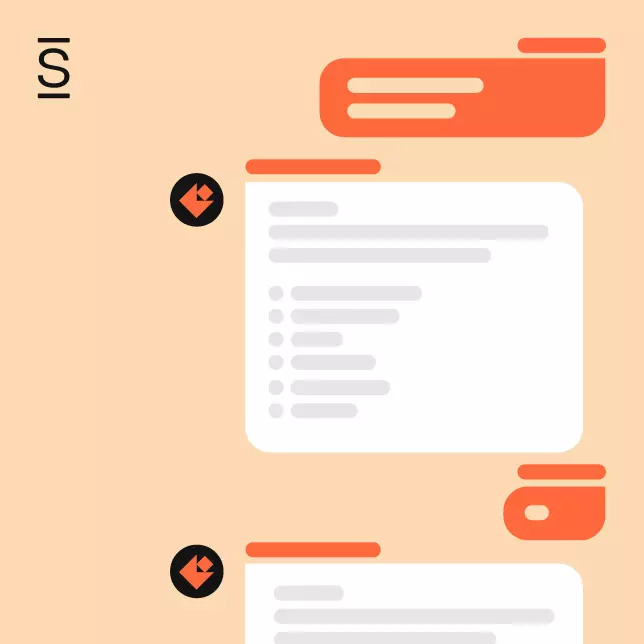Human Resources (HR) is an ever evolving discipline — thanks to constant advancements of corporate policies and technology, but also because humans are, well, complicated. Great organizations understand the need to adapt and evolve with the demands and expectations of their most valuable resources (employees). That’s where HR tech can make a big impact.
In recent years, the integration of technology into human resources has been paramount to the evolution in supporting employees. William Tincup, President and Editor-at-Large at RecruitingDaily, is a leading expert in HR tech. We recently spoke with William about the integration of technology with HR and the challenges, flaws and opportunities that it presents for organizations.
To learn more, read on for key takeaways and listen to the full podcast!
Less is more with HR tech
Much like that feeling you get when shopping for new TVs or laptops, deciding on HR technology can be overwhelming because of the variety and options available — especially with the emergence of solutions powered by artificial intelligence (AI). William’s had that feeling among the hundreds of exciting and interesting solutions he’s seen at tech-related HR conferences. With an abundance of tools for almost any circumstance and industry, decision makers can struggle to make not just the best decision, but any decision.
The answer? Simplification.
William calls for practitioners to consider if “less is more,” and to ensure the solutions they’ve already invested in are being utilized appropriately. While HR tech can certainly feel overwhelming, if you have assurance that the tech will be impactful and improve efficiencies, it’s worth navigating the tech landscape and making the investment.
Explore Simpplr’s use of responsible AI to support HR and other customers
Driving adoption of new HR technology
While deciding on the right HR tech is challenging, there are more hurdles ahead — getting buy-in and adoption. William says the absolute “worst feeling for a practitioner” is when the organization is excited for new tech and goes through the implementation … and then user adoption is low.
There are many reasons why organizations fail to integrate new HR tech effectively. William highlights these:
- Failed integration into day-to-day: Without a strategic plan tailored to the day-to-day needs of its users, employees may struggle to see the benefits of new HR tech.
- Inadequate training: Change is uncomfortable, and new technology — even if it will make the user’s life easier — can be met with resistance because of its unfamiliarity. Strategic change management and proper training can mitigate this resistance and get users up-to-speed faster.
- Lack of motivation: Employees might need incentive and creative push to feel motivated to use the new solution. From getting leaders involved to leveraging recognition and rewards, find ways to boost employee engagement with the new technology.
Get strategies to motivate employees
HR tech + EX
The influence of technology on the employee experience (EX) was threaded throughout our discussion. William says that we often overlook the role technology plays in helping or hurting employees’ feelings about work.
It’s important to spend more time asking employees for their feedback.
And understanding the connection between HR tech and EX starts at the top. William used the lack of HR tech proficiency in open HR leadership job descriptions as an example of what he sees as a gap in this understanding. Businesses are actively hiring HR leaders without any mention of technology in the position’s prerequisites — which signals a systematic disconnect between technology and its impact on employees, he says. As an HR leader, “Part of my job is actually to log in and to understand what they’re going through so that I’ll have empathy.”
Get insights on leveraging EX tech to cultivate a more supportive workplace
Integrating HR tech requires a balanced approach
Innovative HR tech can revolutionize business processes and enhance the work experience for employees — but only if they use it. That means making it a priority to understand and act upon user needs and challenges.
Balancing the opportunities and benefits of technology with the challenges and needs of its users can increase the likelihood of successful implementation of new HR tech.
Be sure to listen to the full podcast for more insights, including:
- How long it takes to successfully roll out new tech
- Why ROI of tech is flawed
- What the future of HR tech will look like
Discover how a modern intranet can solve top HR challenges
Subscribe to keep learning
Connect with William on LinkedIn, and listen to the full podcast to learn more about the topics above and other insights about HR technology and its role in decision-making, employee satisfaction and AI. And subscribe to the Cohesion Podcast to hear from other internal comms, HR and IT professionals, providing structured, high-value, quick-hitting strategies and tactics.

















